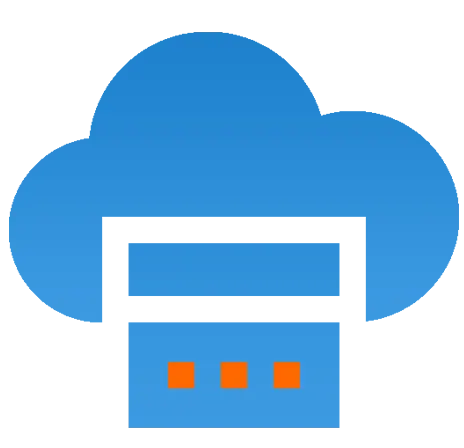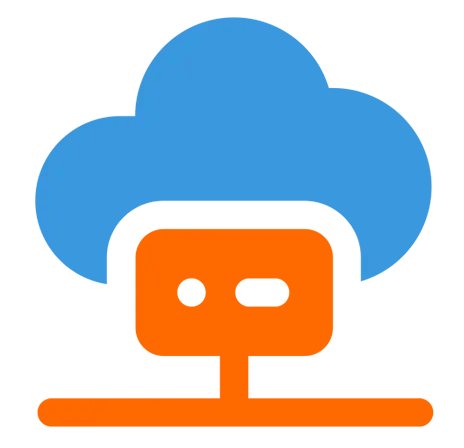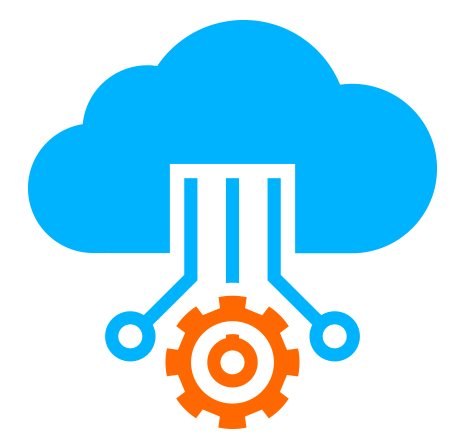 Server
Colocation
Server
Colocation
 CDN
Network
CDN
Network
 Linux Cloud
Hosting
Linux Cloud
Hosting
 VMware Public
Cloud
VMware Public
Cloud
 Multi-Cloud
Hosting
Multi-Cloud
Hosting
 Cloud
Server Hosting
Cloud
Server Hosting
 Kubernetes
Kubernetes
 API Gateway
API Gateway

C programming has been the backbone of software development for decades. From operating systems to embedded systems, C remains a fundamental language for developers. According to the TIOBE Index, C consistently ranks among the top programming languages worldwide. With the rise of online coding platforms, learning C has never been easier. An online C compiler allows beginners and professionals to write, compile, and execute code without installing any additional software. This tutorial will guide you through the process of building your first C program, covering essential steps from writing code to executing it successfully.
Before diving into coding, you need a suitable environment to compile and run your C programs. There are two primary ways to do this:
Using an Installed C Compiler: If you prefer working offline, you can install a compiler like GCC (GNU Compiler Collection) or Clang. These are available for Windows, macOS, and Linux.
Using an Online C Compiler: For a quick and hassle-free experience, online C compilers provide an easy way to write and execute code from any web browser. Platforms such as Ideone, OnlineGDB, and JDoodle support C programming without requiring installation.
For beginners, an online C compiler is the best choice as it eliminates setup complexities and allows immediate practice.
Let's start with a simple "Hello, World!" program, which is traditionally the first program written in any language.
Go to any trusted online C compiler like OnlineGDB or JDoodle and create a new C program.
Enter the following code in the editor:
|
#include int main() { printf("Hello, World!\n"); return 0; } |
#include
int main() {}: Every C program must have a main() function where execution begins.
printf("Hello, World!\n");: This prints the text "Hello, World!" on the screen.
return 0;: This signals the successful execution of the program.
Click the "Run" or "Execute" button in the online C compiler to compile and execute your code. You should see Hello, World! displayed in the output window.
Once you're comfortable with the basic structure, let's modify the program to take user input.
Update your program to accept and display a user's name:
|
#include int main() { char name[50]; printf("Enter your name: "); scanf("%s", name); printf("Hello, %s! Welcome to C programming.\n", name); return 0; } |
char name[50];: Declares a string variable to store user input.
scanf("%s", name);: Reads a string input from the user.
printf("Hello, %s!", name);: Prints a personalized message.
Run the program again. Enter your name when prompted, and see the personalized output.
While compiling and running a C program, you may encounter errors. Here are some common ones:
Syntax Errors:
Example: Missing semicolon (;).
Fix: Ensure every statement ends with a semicolon.
Compilation Errors:
Example: Misspelled function names (prntf instead of printf).
Fix: Check for correct function names.
Runtime Errors:
Example: Dividing by zero.
Fix: Ensure logic correctness before execution.
Logical Errors:
Example: Incorrect output due to flawed logic.
Fix: Debug and analyze the logic of your program.
Now that you've successfully written and executed a basic C program, it's time to explore more complex concepts such as:
Control Structures: Loops (for, while), conditionals (if-else).
Functions and Modular Programming: Writing reusable functions.
Pointers and Memory Management: Essential for advanced C programming.
Data Structures: Arrays, linked lists, and structures.
Learning C programming is an exciting journey, and using an online C compiler makes it more accessible. In this tutorial, we covered the basics of setting up a compiler, writing your first C program, modifying it for user input, and troubleshooting common errors. As you advance, experiment with different programs, explore new concepts, and continue building your coding skills. Happy coding!

Let’s talk about the future, and make it happen!
By continuing to use and navigate this website, you are agreeing to the use of cookies.
Find out more


